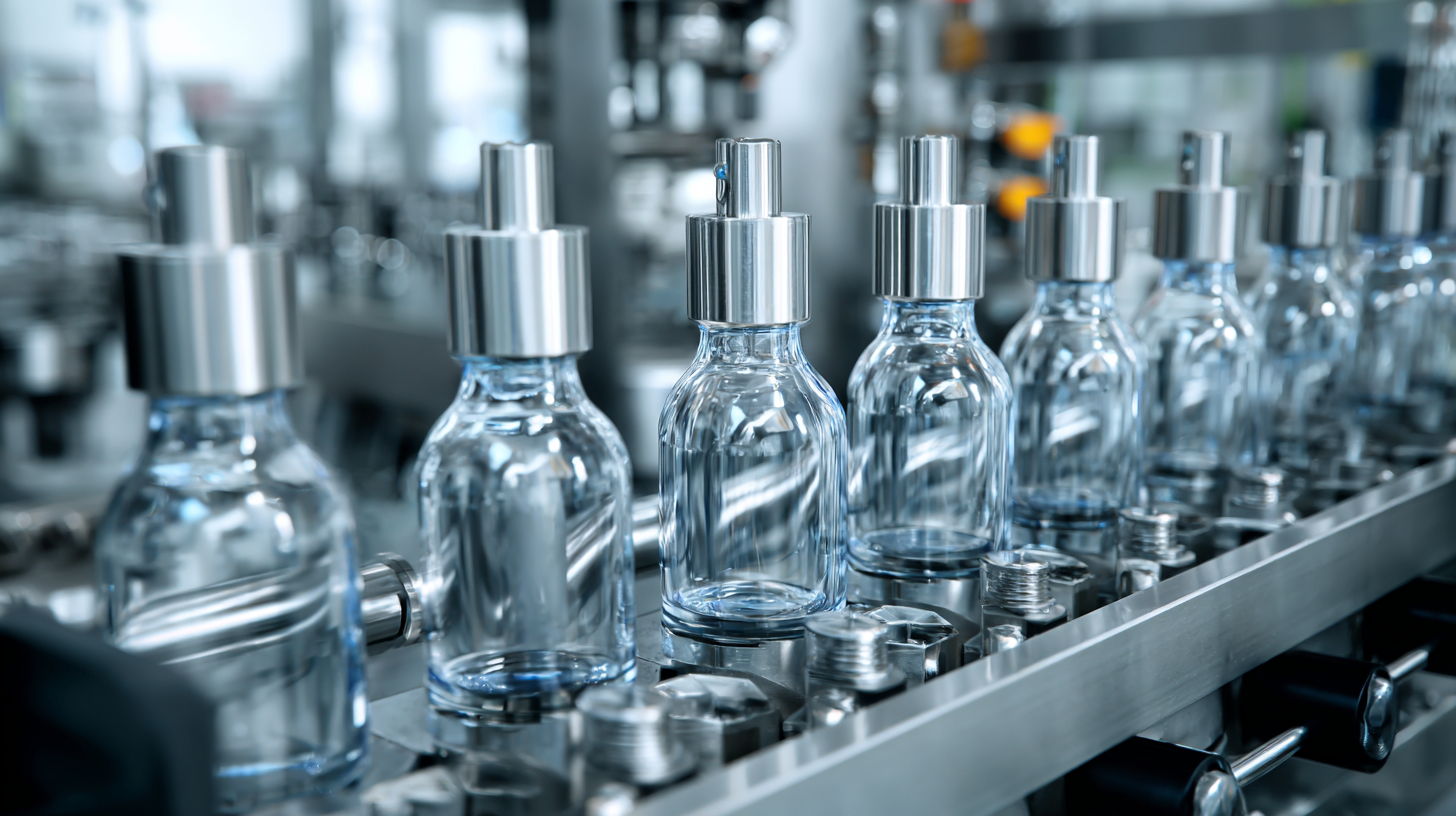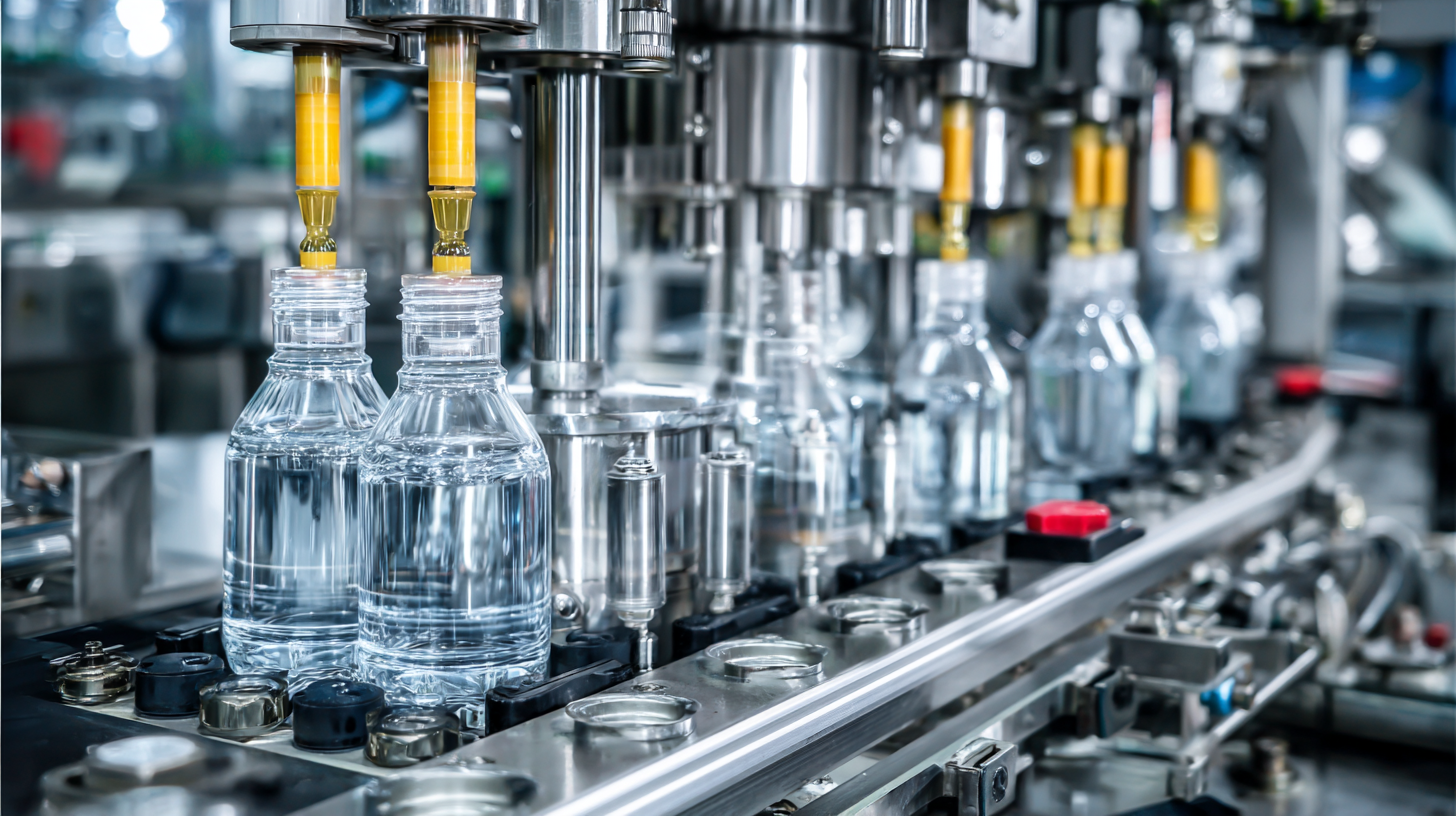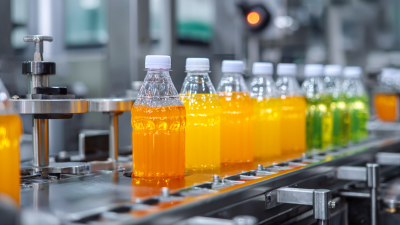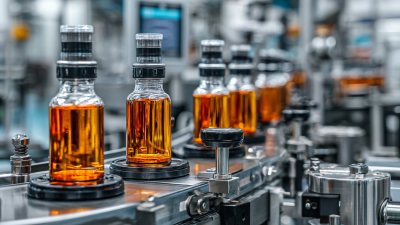
 Choosing the right liquid filling machine is a crucial decision for any business involved in the production or packaging of liquid products. With the increasing demand for efficient and accurate filling processes, it becomes essential to understand the various types of liquid filling machines available in the market. A well-suited machine not only enhances productivity but also ensures consistency and quality in the final product. This article aims to guide you through the essential factors to consider when selecting a liquid filling machine tailored to your business needs.
Choosing the right liquid filling machine is a crucial decision for any business involved in the production or packaging of liquid products. With the increasing demand for efficient and accurate filling processes, it becomes essential to understand the various types of liquid filling machines available in the market. A well-suited machine not only enhances productivity but also ensures consistency and quality in the final product. This article aims to guide you through the essential factors to consider when selecting a liquid filling machine tailored to your business needs.
As we delve into the complexities of liquid filling machinery, we will explore the top ten models of 2025 that have garnered attention for their performance and reliability. From volumetric fillers to gravity fillers, each machine comes with unique features, advantages, and limitations. Understanding these attributes will empower you to make informed decisions that align with your operational requirements and budget constraints. Whether you are a small startup or an established enterprise, investing in the right liquid filling machine can significantly impact your production efficiency and cost-effectiveness.
Join us as we outline key considerations that will assist you in navigating this essential investment.
When selecting a liquid filling machine, several key factors must be considered to ensure optimal efficiency for your business. Firstly, the type of liquid being processed plays a crucial role. According to a report by the Freedonia Group, the demand for liquid filling machinery is projected to increase by 3.3% annually, with specific growth in the food and beverage sector due to the rising popularity of health-conscious products. For instance, thicker liquids such as sauces or creams require different mechanisms than thinner liquids like juices or water. Therefore, understanding the viscosity and type of liquid will help you choose a machine equipped for specific fill requirements.
Another vital consideration is the machine's speed and capacity. The International Packaging Association notes that businesses must assess their production rates to determine the appropriate filling speed. Machines with higher throughput capabilities can significantly impact overall productivity and cost-effectiveness. Additionally, ease of cleaning and maintenance should not be overlooked, particularly in industries adhering to stringent hygienic standards. Investing in machines designed for quick changeovers and easy sanitation can lead to reduced downtime and better compliance with health regulations, ultimately benefiting your bottom line.
When selecting a liquid filling machine, it's essential to understand the different types available and their specific applications. The main categories of liquid filling machines include gravity fillers, pressure fillers, vacuum fillers, and piston fillers. Gravity fillers are ideal for thin liquids, such as water and juices, as they rely on gravity to move the product into the containers. Pressure fillers, on the other hand, are suited for thicker liquids and are used in industries like food and pharmaceutical where precise fills are critical.
In addition, vacuum fillers are often employed for foamy or viscous products, as they allow for a smoother filling process by creating a vacuum that minimizes air introduction. Piston fillers are versatile and can handle a range of liquid viscosities, making them a preferred choice for both small-scale and high-volume operations. Understanding these different types of liquid filling machines and their applications will help businesses select the right equipment tailored to their specific needs, whether they focus on high-speed production or the handling of delicate products.
| Machine Type | Filling Method | Best For | Speed (bottles/min) | Typical Applications |
|---|---|---|---|---|
| Gravity Filler | Gravity Feed | Low viscosity liquids | 20-50 | Juices, Water, Oils |
| Piston Filler | Piston Pump | Medium to high viscosity liquids | 10-30 | Sauces, Creams, Pastes |
| Peristaltic Filler | Peristaltic Pump | Corrosive or sterile liquids | 5-20 | Chemicals, Pharmaceuticals |
| Vacuum Filler | Vacuum Pressure | Thin to moderately thick liquids | 15-45 | Beverages, Cleaning Solutions |
| Aseptic Filler | Aseptic Processing | Sensitive products | 10-25 | Dairy, Juices, Soups |
In recent years, the liquid filling machine market has experienced significant growth, driven by advances in technology and increasing demand across various industries. As per industry reports, the global filling machine market size was valued at approximately $5.23 billion in 2019, and it is projected to reach $8.37 billion by 2032, demonstrating a compound annual growth rate (CAGR) of 3.2%. This growth is largely attributed to the rising demand for automation in packaging processes, particularly in sectors such as food and beverage, pharmaceuticals, and chemicals.
For businesses looking to invest in liquid filling equipment, understanding market trends is crucial. One trend to watch is the rising preference for environmentally friendly packaging solutions, which has significantly influenced materials used in machinery, including low-density polyethylene (LDPE) and high-density polyethylene (HDPE). Additionally, advancements in machine technology ensure quicker and more efficient filling processes, catering to the increasing production demands.
**Tip:** Evaluate the specific needs of your operation by analyzing the types of liquids you intend to fill and their respective handling requirements.
Choosing the right machine also means considering future scalability. As the industry anticipates a 9.1% CAGR in the sterile packaging market, businesses must select equipment that can adapt to evolving production scales and regulatory changes.
**Tip:** Stay informed about the latest industry reports and attend trade shows, such as the upcoming 2025 drinktec exhibition, to discover cutting-edge technologies that can enhance your production capabilities.

When selecting a liquid filling machine, it is crucial to analyze the cost versus benefit to ensure a worthwhile investment for your business. Automated liquid filling solutions can significantly enhance efficiency, reduce labor costs, and improve product consistency. By automating the filling process, businesses can minimize the risk of human error, leading to less waste and higher quality products. This efficiency often translates into faster production times, ultimately increasing throughput and profitability.
However, the initial investment in automated filling machinery can be substantial. Companies must evaluate not only the purchase price of the equipment but also the ongoing costs associated with maintenance and operation. Considering factors such as production scale, product type, and frequency of use will help determine whether the investment will yield significant returns. Analyzing the long-term benefits, including labor savings and reduced material waste, can provide a clearer picture of the investment's payback period and overall impact on the bottom line.

When selecting a liquid filling machine for your business, one of the critical factors to consider is the maintenance requirements. Different machines come with varying complexities, and understanding these needs can save you time and money in the long run. Simpler machines may require less frequent maintenance and have lower operational costs, making them ideal for smaller enterprises. Alternatively, more advanced systems may offer better efficiency and accuracy but could demand more regular upkeep and specialized parts. Assessing your team's capability to perform maintenance tasks is essential, as it influences both operational continuity and potential downtime.
Technical support is another vital aspect to consider when choosing a liquid filling machine. Reliable technical support ensures that, in the event of malfunctions or operational issues, you can quickly get the assistance needed to minimize disruptions. Look for manufacturers who offer comprehensive support packages, including training, troubleshooting, and readily available spare parts. Understanding the accessibility of support services, such as response times and communication channels, can greatly impact your production efficiency. Prioritizing these factors will help you select a machine that not only fits your business needs but also provides peace of mind regarding ongoing support and maintenance.






